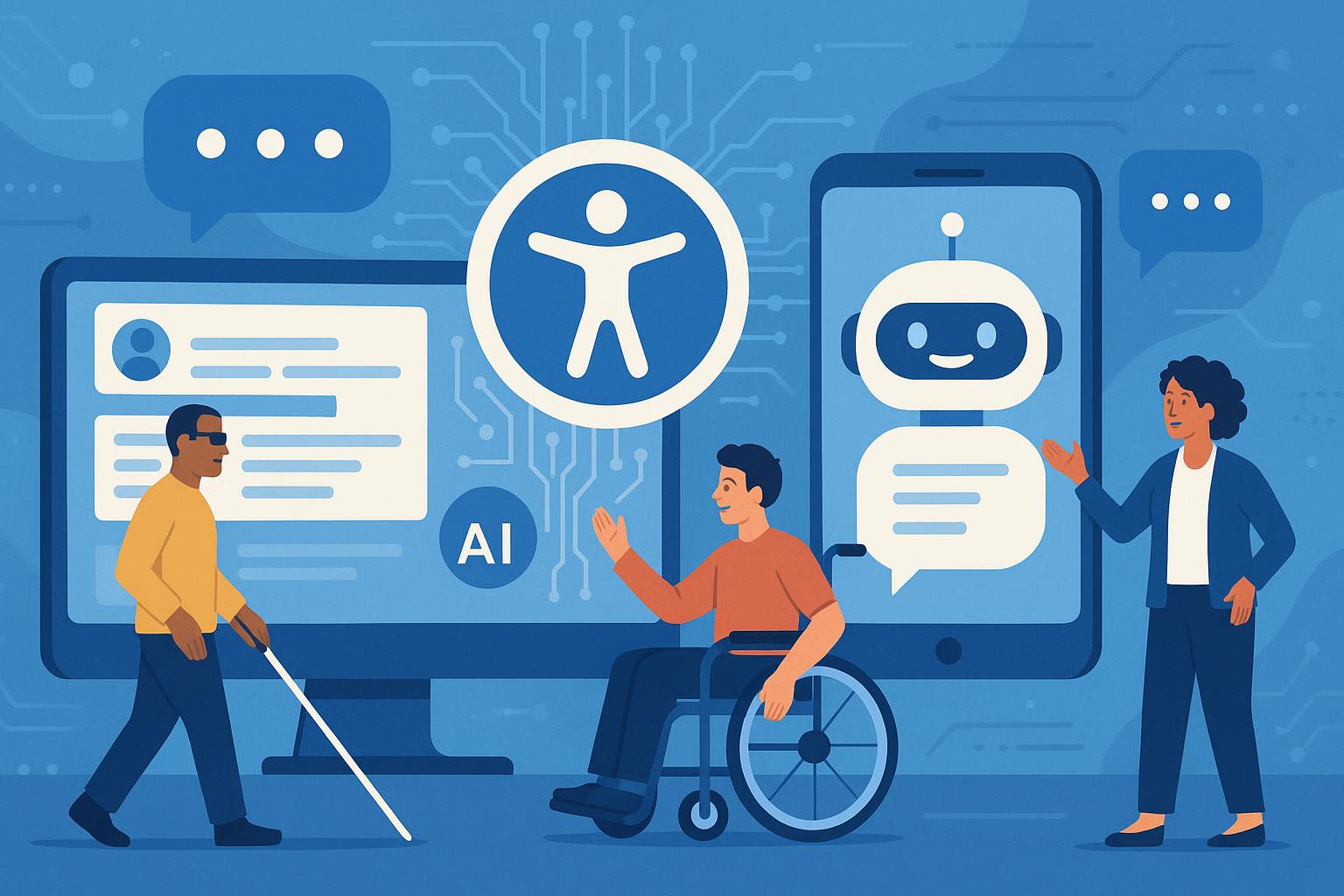From Legacy to Leading Edge: Navigating the Digital Transformation Journey
In an era where technology evolves at an unprecedented pace, traditional businesses are compelled to transition from legacy systems to innovative, modern solutions. This shift, known as digital transformation, is essential not just for adopting new technologies but for revolutionizing company operations and enhancing customer value. For professionals across all industries, understanding this transition, overcoming inherent resistance, and leveraging digital tools are crucial for maintaining competitiveness in a digital-first world.
Understanding Digital Transformation
Digital transformation entails integrating digital technology into all business areas, fundamentally altering operational processes and customer value delivery. It also requires a cultural shift that encourages ongoing innovation, challenges the status quo, and embraces learning from failures—making it a complex yet vital undertaking for companies with deeply ingrained legacy systems.
The Role of Legacy Systems in Modern Business
Legacy systems refer to outdated computing software and hardware that, despite newer technologies being available, are still in use. These systems often pose significant challenges in terms of efficiency, scalability, and security. Nevertheless, they hold critical data and processes that have supported organizations for decades.
Practical Strategies for Overcoming Resistance to Change
Resistance to change is a significant barrier in the digital transformation journey. This resistance can stem from various organizational levels, including top executives who fear the unknown, and employees accustomed to existing workflows.
Engaging Leadership and Stakeholders
Effective digital transformation starts with the commitment of top leadership. Engaging leaders involves:
- Illustrating the tangible benefits of digital transformation through case studies and potential ROI analyses.
- Developing a visionary yet achievable roadmap that aligns with the company’s long-term strategies.
- Encouraging open communication about the transformation journey to promote a culture of transparency and innovation.
Empowering Employees
Employee resistance often arises from fears of obsolescence. To address this, companies should:
- Provide training and development programs to help employees adapt to new technologies and methodologies.
- Implement change management practices that clarify the benefits of new systems for individual and overall business success.
- Establish a feedback mechanism where employees can express their concerns and suggestions regarding new technologies.
Steps to Integrate New Technologies with Old Systems
Strategically integrating new technologies with existing legacy systems is crucial for minimizing disruption during digital transformation.
Assessment and Planning
Begin with a comprehensive assessment of the current systems to understand their architecture, capabilities, and limitations. This assessment informs the planning process by identifying which business areas will benefit most from digital upgrades.
Choosing the Right Technologies
Selecting appropriate technologies involves ensuring they:
- Align with business objectives.
- Can be seamlessly integrated with existing systems with minimal disruption.
- Are scalable and capable of evolving with the business.
Implementation and Testing
Technology implementation should occur in phases, starting with less critical areas to mitigate risk. Rigorous testing during each phase ensures that the integration achieves its intended goals.
Benefits of Digital Adoption
Embracing digital technologies offers numerous advantages, including enhanced efficiency, improved customer satisfaction, and better decision-making and innovation capabilities.
Enhanced Data Analytics
Modern technologies enable real-time data collection and analysis, offering insights that legacy systems cannot provide. These insights facilitate improved decision-making and more tailored customer experiences.
Increased Operational Efficiency
Automating routine tasks allows employees to focus on higher-value activities, increasing productivity and reducing operational costs.
Improved Customer Engagement
Digital tools facilitate more interactive and responsive customer service. Through social media, chatbots, and mobile applications, businesses can create more customer touchpoints, enhancing engagement and satisfaction.
Conclusion
The transition from legacy to leading-edge technologies is fraught with challenges but is essential for businesses aiming to thrive in the digital age. By grasping the significance of digital transformation, strategically overcoming resistance, and methodically integrating new technologies, traditional businesses can reinvent themselves as modern, responsive enterprises prepared to meet today's digital-savvy consumer demands. Embracing this change is crucial not only for staying competitive but for setting the pace in a rapidly evolving business landscape.















